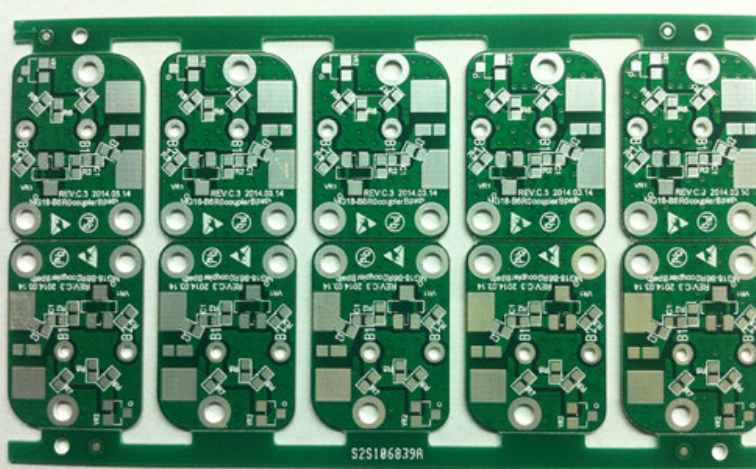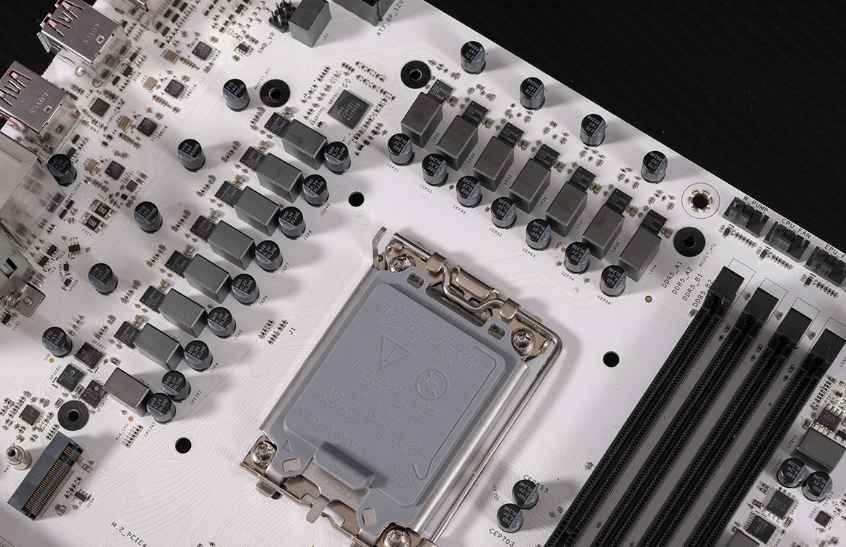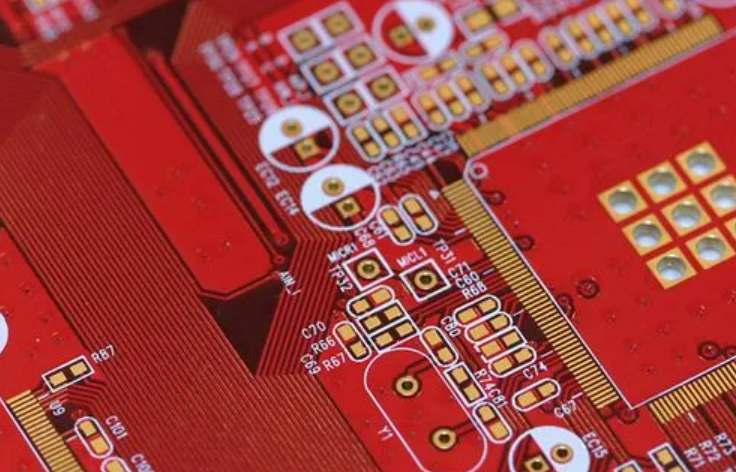
Choice of surface treatment process
The choice of surface treatment process mainly depends on the type of final assembly components; The surface treatment process will affect the production, assembly and final use of PCB board. The following will specifically introduce the use of five common surface treatment processes.
1. Hot air leveling
Hot air leveling used to be the dominant technology in PCB surface treatment. In the 1980s, more than three-quarters of PCB used hot-air smoothing, but the industry has been reducing its use over the past decade and estimates that 25% to 40% of PCB now use hot-air smoothing.
Hot air leveling is dirty, smelly, and dangerous, so it has never been a favorite process, but hot air leveling is an excellent process for larger components and more widely spaced wires. In high density circuit boards, the flatness of hot air smoothing will affect subsequent assembly; Therefore, HDI board generally does not use hot air leveling process. With the development of technology, the industry has now appeared the hot-air leveling process suitable for assembling QFPS and BGA with smaller spacing, but the practical application is less.
At present, some factories use organic coating and electroless nickel plating/gold dipping process instead of hot air leveling process; Technological developments have also led to the adoption of tin and silver leaching processes in some factories. Coupled with the trend of lead-free in recent years, the use of hot air leveling is further restricted. Although so-called lead-free hot air smoothing is available, it may involve equipment compatibility issues.
2. Organic coating
It is estimated that 25% to 30% of PCBS currently use organic coating processes, and this proportion is increasing (it is likely that organic coating is now in first place, ahead of hot air smoothing). The organic coating process can be used on low - and high-technology PCB, such as PCB for single-sided TV sets and high-density chip packaging boards. For BGA, the application of organic coating is also more. If there are no surface connection functional requirements or storage life limits for PCB circuit boards, organic coating is the most ideal surface treatment process.
3. Electroless nickel plating/gold leaching
Unlike organic coating, the electroless nickel plating/gold plating process is mainly used on boards with surface connection functional requirements and long storage life, such as the key area of mobile phones, the edge connection area of router housing and the electrical contact area of the elastic connection of chip processors.
Electroless nickel plating/gold dipping was widely used in the 1990s due to the flatness of hot air leveling and the removal of organic coated flux. Later, the use of electroless nickel plating/gold leaching process declined due to the advent of the black disc, brittle nickel-phosphorus alloy, but today almost every high-tech PCB plant has electroless nickel plating/gold leaching line. Considering that the solder joint becomes brittle when the copper tin intermetallic compound is removed, the relatively brittle nickel tin intermetallic compound will present many problems.
Therefore, portable electronic products (such as mobile phones) almost all use organic coated, silver or tin impregnated copper-tin intermetallic solder joints, while electroless nickel/gold plating is used to form key areas, contact areas and EMI shielding areas. It is estimated that 10% to 20% of PCB currently use the electroless nickel/gold plating process.

4. Dip in silver
Silver immersion is cheaper than electroless nickel/gold plating, and is a good choice if the PCB has connection functional requirements and needs to reduce costs; Plus silver immersion good flatness and contact, it should be more choose silver immersion process. In communication products, automobiles, computer peripherals in a lot of applications, in high speed signal design also has applications. Silver immersion can also be used in high frequency signals because it has excellent electrical properties unmatched by other surface treatments.
EMS recommends the silver immersion process because it is easy to assemble and has good inspectability. But it grows slowly (but does not decline) because of defects such as tarnish and holes in solder joints. It is estimated that 10% to 15% of PCB currently use the silver leaching process.
5. Dip tin
Tin was introduced into the surface treatment process in the last ten years. The appearance of the process is the result of the requirement of production automation. The tin immersion does not introduce any new elements into the weld, especially suitable for communication backboard. Tin will lose its solderability outside the board's storage life, so better storage conditions are needed for leaching tin. In addition, tin leaching process is restricted because of carcinogenic substances. It is estimated that about 5-10% of PCB currently use the tin leaching process.
With more and more high customer requirements, environmental requirements are more and more strict, surface treatment process is more and more, in the end the choice of the kind of development prospects, more universal surface treatment process, it seems a little dazzling, confusing. It is impossible to predict exactly where PCB board surface treatment technology will go in the future. Anyway, to meet customer requirements and protect the environment must be done first!







